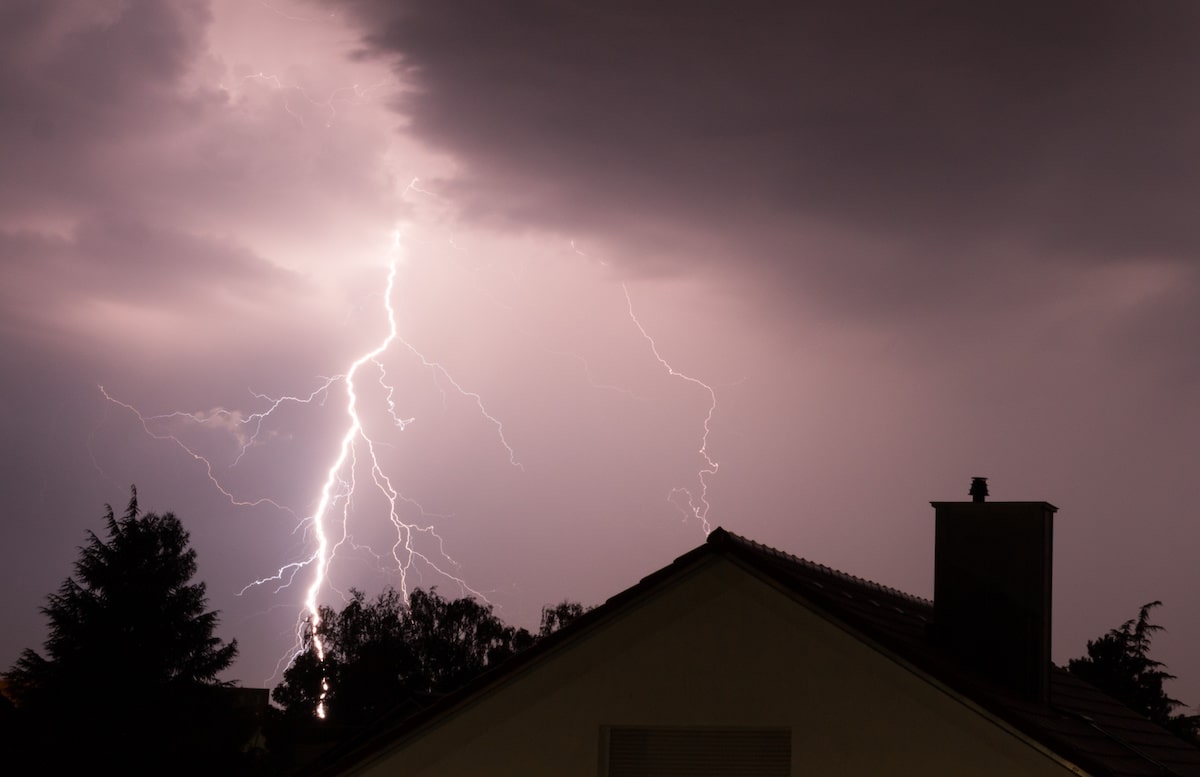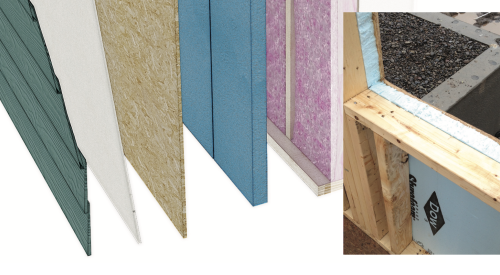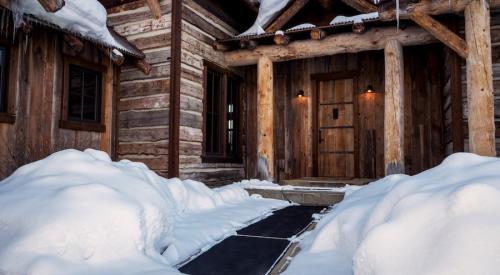Hurricane season is fast approaching, and already the National Oceanic and Atmospheric Administration (NOAA) is predicting “above average” tropical activity including 14 to 21 named storms and three to six major hurricanes. For those living in high-risk areas, that may mean it’s time to fortify existing homes with products tested and rated to weather even the most extreme hurricane conditions.
In 2021, more than 32 million homes on the Atlantic and Gulf coasts were at risk of sustaining wind and water damage from seasonal hurricanes, amounting to a combined value of $8.5 trillion; and that number has only grown in the past year, according to Scientific American. With sustained winds of 75 mph or faster, torrential downpours and dangerous tidal surges, hurricanes can exert tremendous pressure against residential structures, not only damaging infrastructure, but also posing a serious threat to homeowners sheltering in place. But just how much pressure can existing structures withstand?
Protecting the home—where to begin?
No home is immune to the devastating effects of coastal hurricanes. However, according to Alex Wilson, President of the Resilient Design Institute, by reinforcing the parts of the building envelope that are most susceptible to wind and water damage, homeowners may be able to protect their homes even in the most adverse environments. For homeowners in at-risk areas, that may mean replacing or updating roofing, adding a weather barrier to the home’s sheathing, or even making small changes like sealing cracks to prevent water damage.
“Extreme wind, driving rain, and flooding are among the conditions that homes may experience in hurricane zones,” says Wilson. “Those conditions can have the greatest impact on the top of a house (roof sheathing and roofing), the bottom of the house (foundation systems), and the exterior skin of the house.
According to Wilson, it’s important to consider not just individual components or products, but the building system as a whole. “It’s not just about the siding on a house, for example, but the wall sheathing, weather barrier, rain screen detailing, and exterior finish as well—these components work together in protecting the house from damage both during storm events and during normal operation,” he says.
What makes a home product storm-worthy? 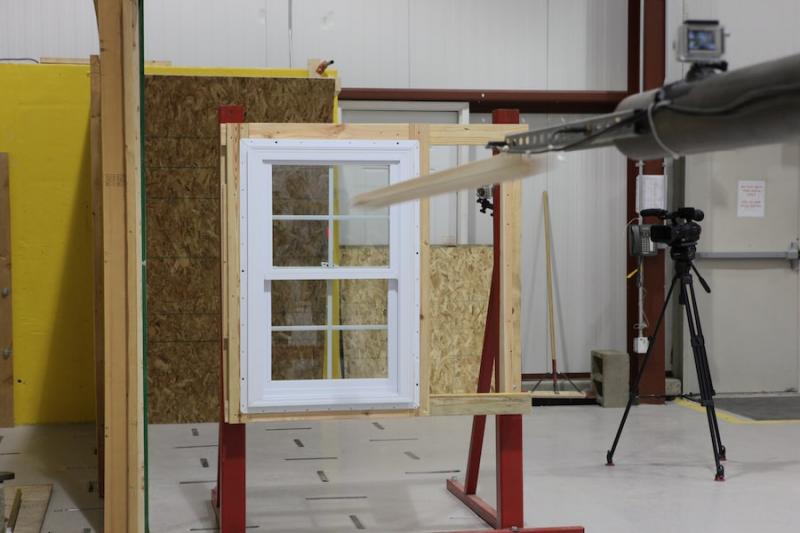
Whether building a new home or remodeling an existing structure, resilient design starts from the ground up and is made possible by cutting-edge products that have been tested and rated through experimentation in a controlled environment. That’s where Home Innovation Research Labs comes in.
New building products pass through the hands of Lab Director Deanna Seale for Research and Development (R&D) testing, followed by code conformity testing to ensure that every new innovation is meeting the most up-to-date building codes and standards.
“Products that come through Home Innovation Research Labs are subjected to a variety of test methods, one of which is accelerated weathering, where we're exposing samples to high UV at long durations as well as freeze thaw cycles, high temperatures, high humidity testing, and simulated wind load testing,” Seale says. “We also conduct impact testing, tensile testing, compression testing, shear testing, and the list goes on for the battery of tests that that products have to go through, especially when they’re for building construction materials.”
As extreme weather events increase in frequency and severity, progressive building companies like Home Innovation Labs and the Resilient Design Institute are investing more money into product research and testing to ensure that new construction projects will stand the test of time.
READ MORE: PROJECTS + CASE STUDIES
Selecting the right products for your project
Compared to traditional products, storm-worthy building components work together to protect the house from damage, both during storm events and during normal operation. When selecting durable products for weather resistance, it’s important to think of the home as a system, says Wilson.
“It isn’t just about the exterior finish on a wall; it’s about the wall system that may include cavity-fill insulation, air barrier, exterior sheathing, a weather-resistive barrier, a rain screen detail (that creates an air space behind the siding), and the siding,” he says. “A particular wood siding finish, for example, may quickly peel off if the siding is installed right over sheathing, but it may last for decades if a rain screen detail allows the siding to dry out between weather events.” 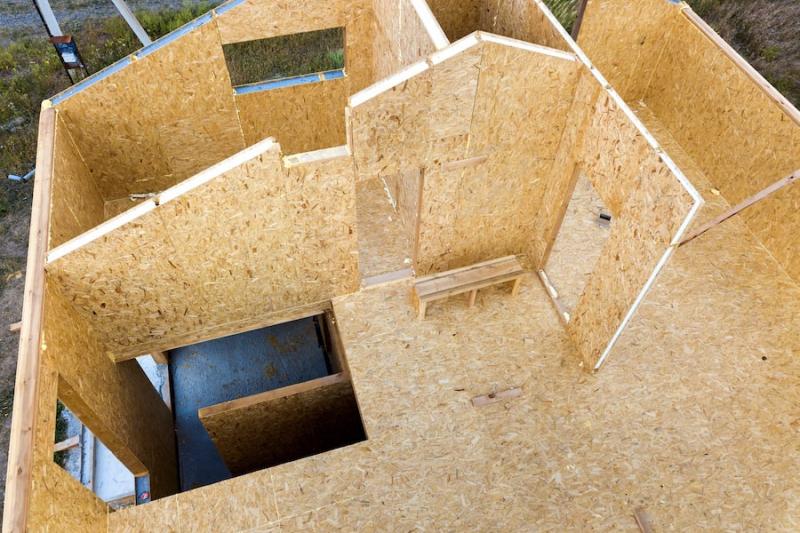
In place of wood siding, many homeowners in coastal areas are making the switch to composite materials, which Seale says are producing dependable results in testing phases. Not only do they offer protection against the elements, but composite products are also an affordable solution to lumber, which has been in short supply since the start of the COVID-19 pandemic. While engineered wood siding costs anywhere from $3.58 to $8.58 per square foot to install, a natural wood siding can cost $6 to $12 per square foot, depending on the type of wood, according to Modernize.
The lab’s OSB panel testing and certification includes dimensional checks, loading tests, and various performance experiments consisting of various stressors like shot bags, vacuum loads, water baths, and heat exposure. All tested panels that meet the criteria are stamped with a Home Innovation Lab Certified mark, making it readily apparent to both builders and code officials that they meet the building code. Other siding and solid surface experiments subject products to a variety of standard-prescribed tests including impact, stain resistance, loading, colorfastness, inconspicuous seams, and ease of repair, according to Home Innovation Research Labs.
“We’re getting good results with a lot of engineered materials, whether that includes structural lumber or panelized systems,” says Seale. “A lot of the materials that we're seeing now are composite alternatives to traditional building materials.”
When it comes to keeping out moisture, resilient design doesn’t depend on individual components, but it instead relies on the full building system and the interaction of components in tandem with one another, says Wilson. 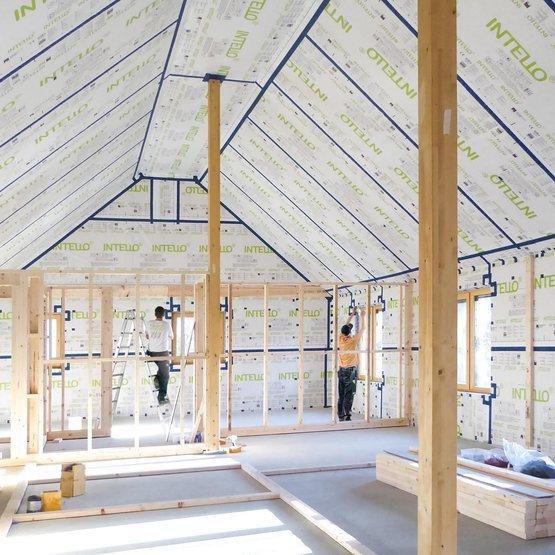
“Some of the best weather barriers, such as the German Pro Clima barrier products, are highly permeable to water vapor even as they do a great job at blocking liquid water. In turn, says Wilson, “that permeability to water vapor allows wall systems to dry out and prevent long-term moisture damage.”
Another good example of a construction detail that makes a huge difference in a home’s storm performance is a rain screen, which Wilson says involves “more effort during construction and may require extension jambs on windows and doors, but it helps manage water, particularly during hurricanes and other severe storms.”
Bouncing forward with resilient repairs
Storm-resistant products are built to shed and repel water and to withstand high winds, but that doesn’t make them entirely impenetrable. In the aftermath of a destructive storm, resilient repairs can create even stronger building envelopes to help homes bounce forward, as Wilson puts it.
“Following severe storms and other natural disasters, resilient buildings are able to bounce back.” But when renovating homes following such events, Wilson prefers to focus on “bouncing forward—using the repairs as an opportunity to end up with something better. For example, in replacing a furnace destroyed by flooding in a basement, install high-efficiency electric heat pumps in locations fully protected from flooding.”
Making necessary repairs and adding storm-worthy design features in advance can strengthen and protect homes for many hurricane seasons ahead. Most importantly, resilient renovations should adapt existing homes to changing weather conditions brought on by climate change. By looking forward, builders and homeowners can find innovative ways to prepare for every storm on the horizon with products rated to endure even the most extreme conditions.
